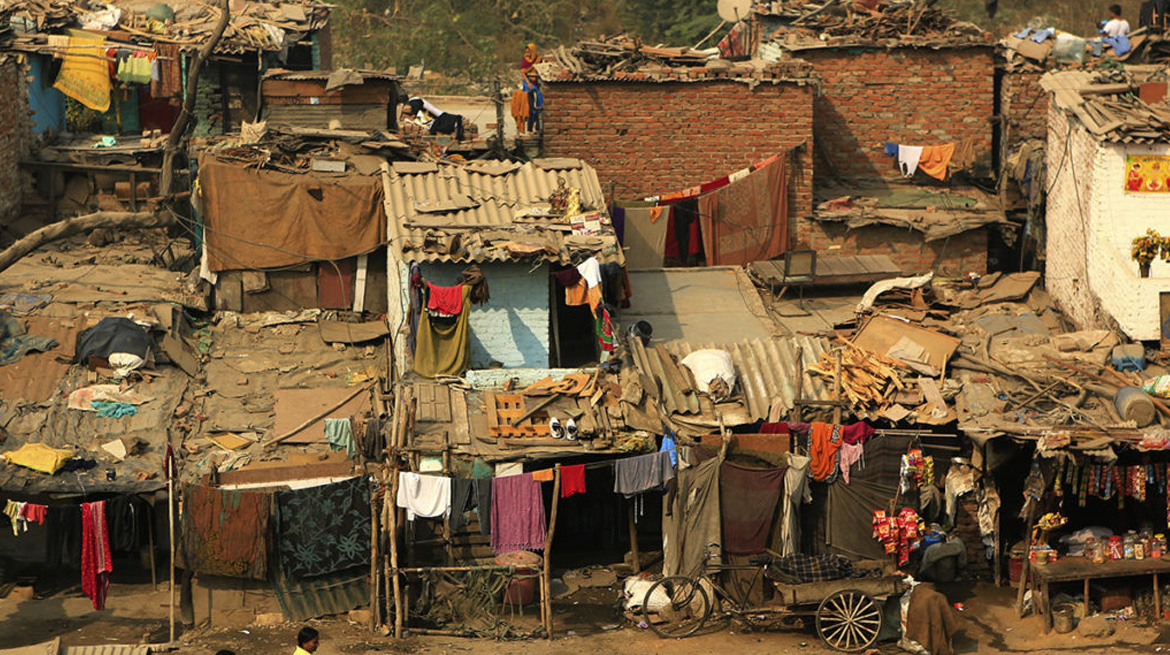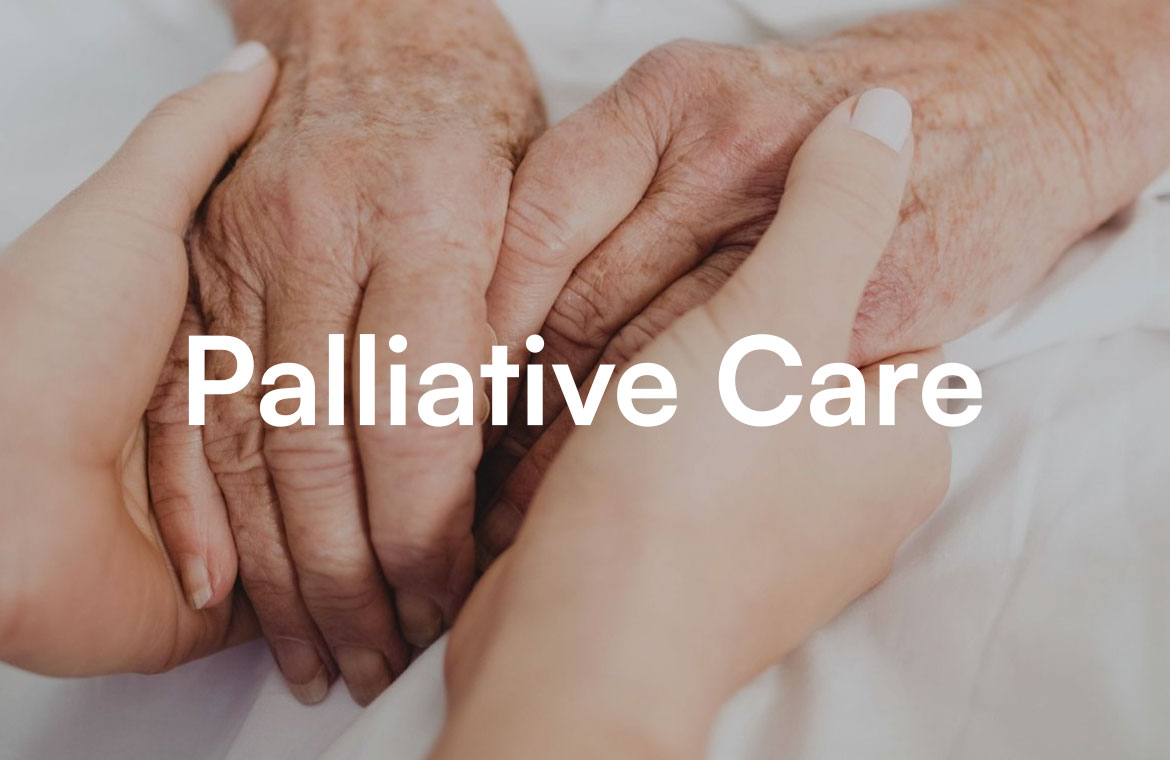‘Yes, how can I help you? Please come inside,’ replied a 35-year-old frail woman, Rani, standing at the doorway of her home in Nand Nagri, an urban low-resource community, where buildings stand close, homes lack ventilation and streets stay polluted with debris from the drains. Just a few houses down the street a 45 year-old, Indu, replied in frustration ‘I am busy right now, won’t talk to anyone from the hospital’. Those were two distinct examples among roughly 250 responses we received while we sought house-to-house permission from families to spare some time to converse with the undergraduate medical students for the conduct of the family adoption program.
Rani’s father was suffering from a recently diagnosed chronic illness. She visited local non-certified practitioners repeatedly without any results. Then she took him to a secondary care hospital, where the illness was diagnosed. She needed help with what to do next, so our visit was a welcome relief for her. At the other end, there were people like Indu who denied, with a sense of discontentment. Some never responded, while others did so on persuasion, sharing their dissatisfying experience at the hospital. Indu felt that no one paid attention to her concerns. She had to run across buildings only to find that her medicines were not available. She never visited the hospital again and preferred whatever treatment she received from the dispensary.
Acceptance and refusal are normal to any house-to-house surveys or interviews. But as a postgraduate resident responsible for guiding the students, what drew my attention was the responses we received as we moved to different houses, even the same house multiple times, during the visits. The pattern of responses we received, I assume, were not a knee jerk reaction, rather the result of a complex interplay of an individual’s past experiences, his/her self-interest, social identity, current context, social status of the opposite person and the perceived result of this encounter. The community consists of families from different, mostly lower socioeconomic groups, involved in a varied range of occupations, each with their own experiences of encounter with diverse healthcare professionals and facilities, from traditional healers to doctors, and from private clinics to public dispensaries or hospitals. Each of these experiences contribute to shaping their thoughts about the healthcare system.
Why then the response often changed in subsequent visits? A few of those who initially accepted to participate, did not agree to respond in the subsequent visits, while some onlookers who denied initially did respond at subsequent visits. A likely factor that might have influenced the change is neighbourhood effects. Brooks (1999) elaborates how multiple interactions between people in a community reinforces a behaviour that confirms with the norm.(1) Walker and Pettigrew (1984) explain how intra- or inter-group social comparison can make individuals feel deprived and influence a change in their behaviour to a more socially acceptable one.(2) That in turn, depends on their interaction with the students.
The Family adoption program is different from the previous family visits in the concept of adoption of five families by students at the beginning of their journey in medical colleges.(3) The undergraduate medical students are new to the field of medical sciences and have their own expectations and realities. The way they interact leaves a small but lasting impression about healthcare in the minds of the people.
Likewise, an early exposure to the community makes the students aware of the environment and circumstances of the families in which they take birth, grow, work and live.
This program provides an opportunity for us to appreciate the community dynamics that exist and influence people’s beliefs and norms. It is important to leverage this opportunity to understand our communities and their unique needs. This would help us recognize the facilitators and barriers in our healthcare system through the people’s lens.
References
- Brooks N. The effects of community characteristics on community social behavior. J. Econ. Behav. Organ. 1999;44:249–267.
- Walker I, Pettigrew TF. Relative deprivation theory: An overview and conceptual critique. Br. J. Soc. Psychol. 1984;23:301-310.
- National Medical Commission. Implementation of New Competency based Medical Education for undergraduate course curriculum [Internet]. Delhi (IN): National Medical Commission; 2022. Available from: https://www.nmc.org.in/MCIRest/open/getDocument?path=/Documents/Public/Portal/LatestNews/Implementation.pdf




